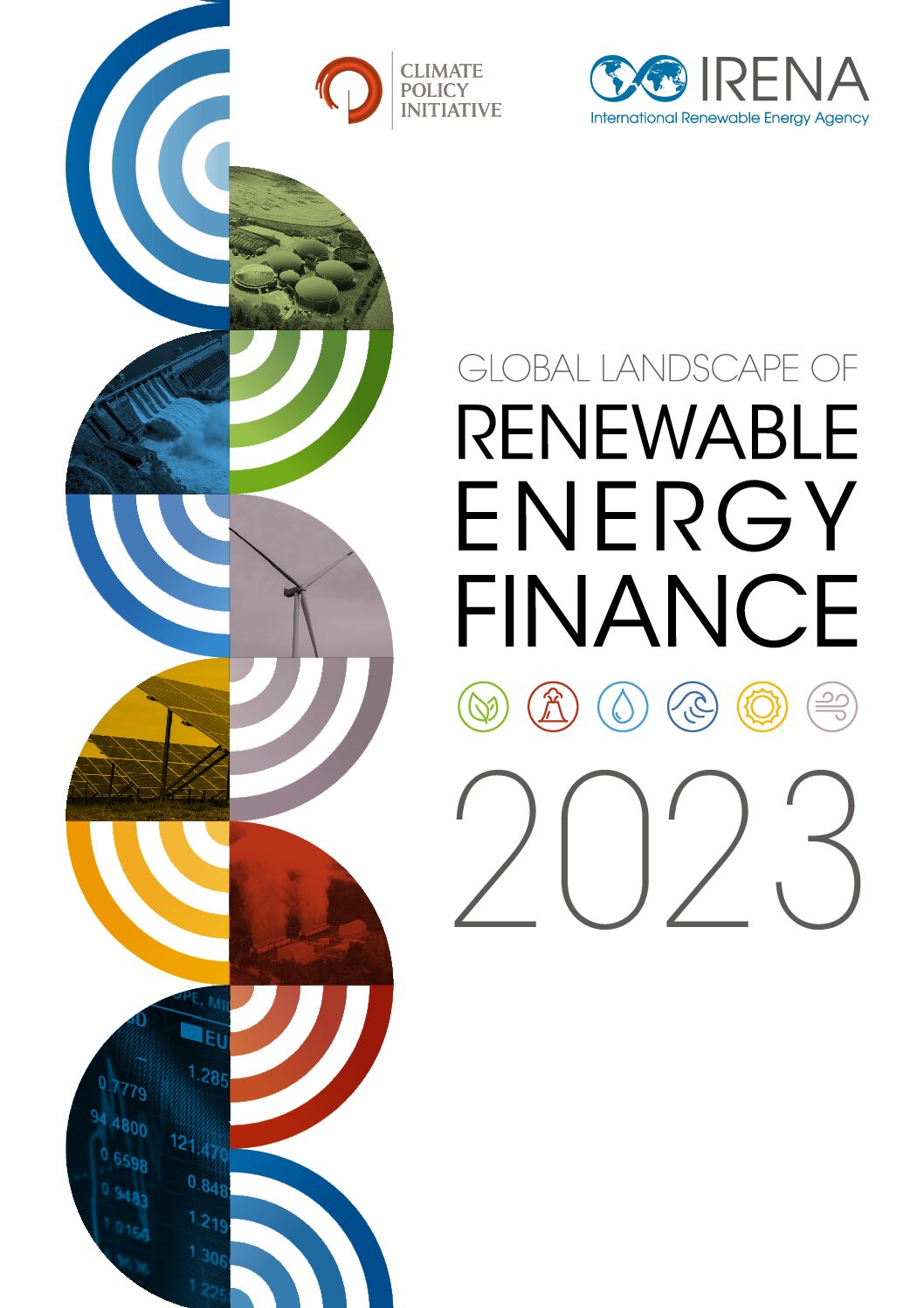Global investment in technologies related to the energy transition, including for energy efficiency, reached USD1.3 trillion in 2022 – a new record-high. Nonetheless, annual investments need to at least quadruple to remain on track to achieve the 1.5°C Scenario laid out in IRENA’s World energy transitions outlook 2022. Ongoing global crises present both a challenge and an opportunity for the accelerated deployment of renewable energy. The tighter fiscal space and uncertain macroeconomic outlook are negatively impacting flows of investment towards renewables, while the present energy crisis is forcing countries to urgently deploy alternative sources of energy that are sustainable, reliable and affordable. Meanwhile, 733 million people had no access to electricity and nearly 2.4 billion people relied on traditional fuels and technologies for cooking at the end of 2020. While global investment in renewable energy, specifically, reached a record high in 2022 – at USD0.5 trillion – it represented less than one-third of the average investment needed each year between 2021 and 2030 according to IRENA’s 1.5°C Scenario. Investments are also not flowing at the pace or scale needed to achieve the improvements in livelihoods and welfare called for under the 2030 Agenda for Sustainable Development. For example, investments in off-grid renewable energy solutions in 2021 – at USD 0.5 billion – fell far short of the USD2.3 billion needed annually in off-grid solar products alone between 2021 and 2030 to accelerate progress towards universal energy access. Moreover, investments have become further concentrated in specific technologies and uses, and in a small number of countries/regions. In 2020, solar photovoltaic alone attracted 43% of the total investment in renewables, followed by onshore and offshore wind (at 35% and 12%, respectively). To best support the energy transition, more funds need to flow to less mature technologies and to sectors beyond power (e.g. heating and cooling, transport, energy efficiency and system integration).
More importantly, more than 50% of the world’s population, mostly residing in developing and emerging countries, received only 15% of global investments in 2022. Sub-Saharan Africa, for example, received less than 1.5% of the amount invested globally between 2000 and 2020. The disparity in renewable energy financing received by developed versus developing countries has increased significantly over the past six years. For example, the renewable energy investment per capita in Europe and North America (excluding Mexico) was almost 23 times higher than that in Sub-Saharan Africa in 2015. In 2021, investment per capita in Europe was 41 times that in Sub-Saharan Africa, and in North America it was 57 times more. For the energy transition to have a positive impact, governments and development partners need to play a more active role in ensuring a more equitable flow of finance that recognises the different endowments and starting conditions of countries. This report underscores the need to direct public funds to regions and countries that have considerable untapped potential but find it difficult to attract investment. These funds should be directed to support energy transition infrastructure development, and enabling policy frameworks to drive investment and address persistent socio-economic gaps. Achieving an energy transition in line with the 1.5°C Scenario requires the redirection of USD1trillion per year from fossil fuels to energy-transition-related technologies; but following a brief decline in 2020 due to COVID-19, fossil fuel investments are on the rise. In addition, the fossil fuel industry continues to receive considerable support through subsidies. Subsidies doubled in 2021 across 51 countries, with consumption subsidies expected to have risen even further in 2022 due to contemporaneous price pressures. The phasing out of investments in fossil fuel assets should be coupled with the elimination of subsidies to level the playing field with renewables. However, the reduction of subsidies needs to be accompanied by a robust safety net to ensure adequate standards of living for vulnerable populations. This report emphasises how lending to developing countries seeking to deploy renewables must be reformed. The analysis highlights the limitations of using public funds mainly for de-risking investments and emphasises the need for a much stronger role for public financing. Recognising the limited public funds available in the developing world, the need for stronger international collaboration to achieve a substantial increase in financial flows from the Global North to the Global South is highlighted. The report also discusses the different sources, intermediaries and policy instruments that can channel public financing into the energy sector and the broader economy to support a just and inclusive transition.
